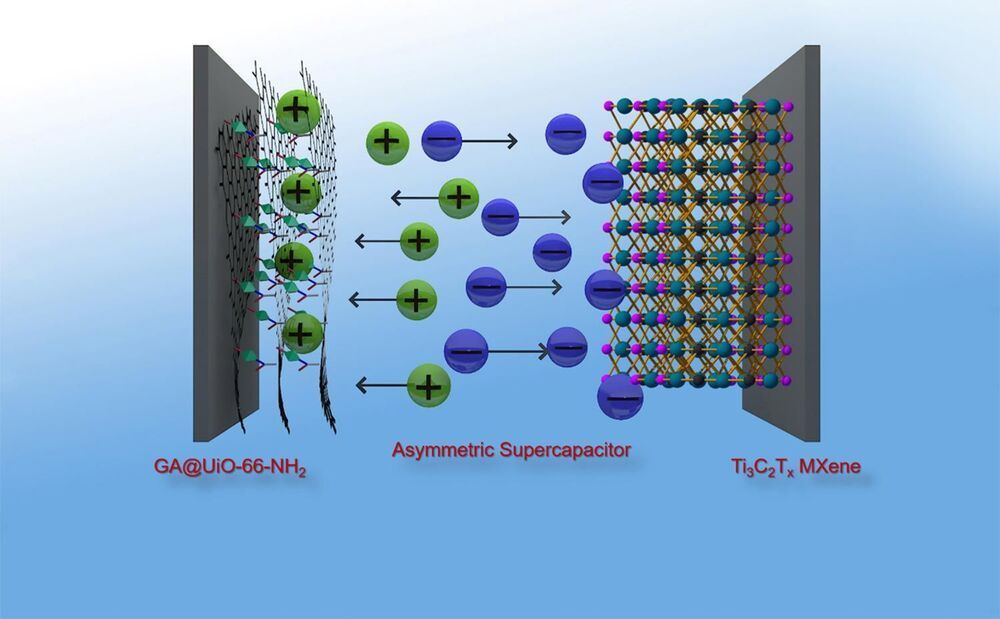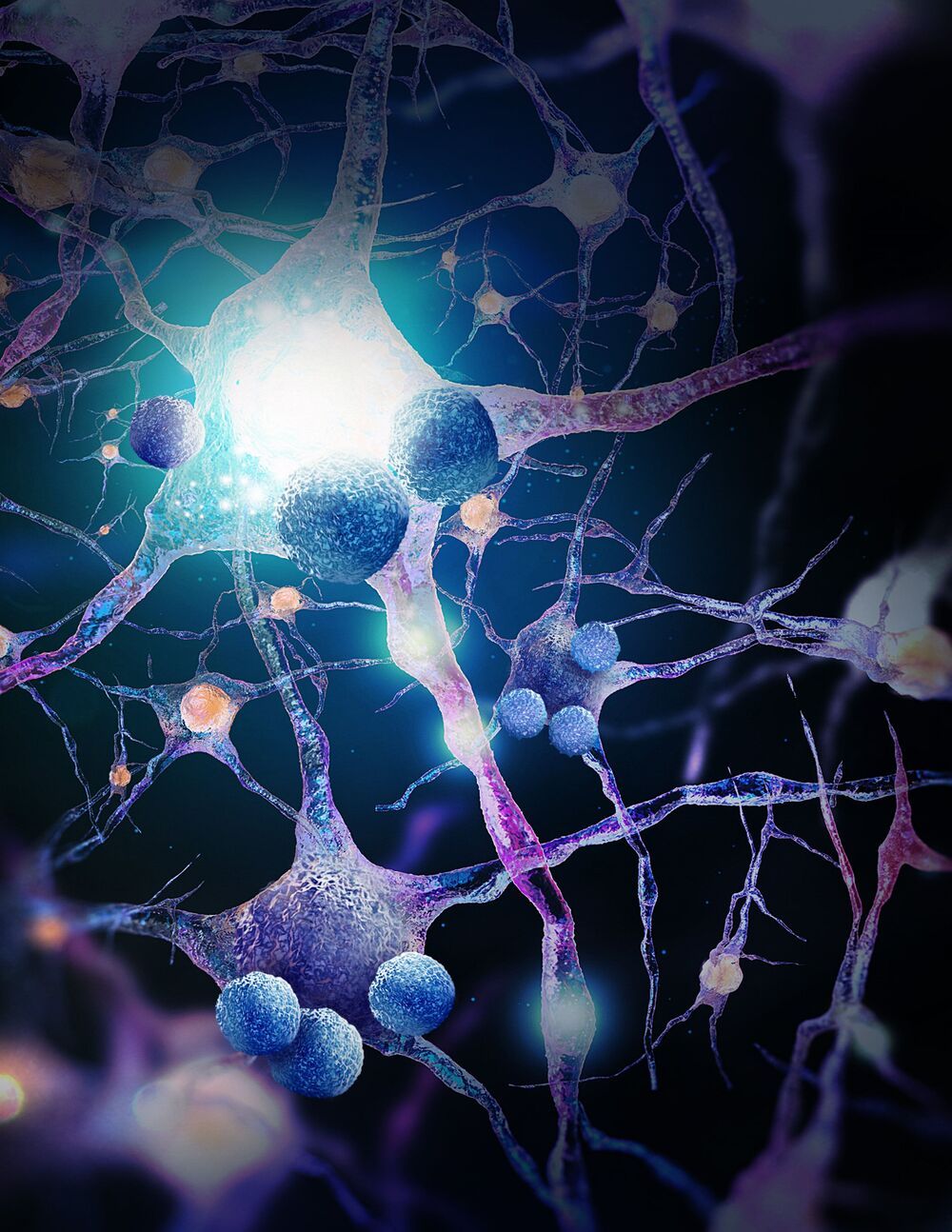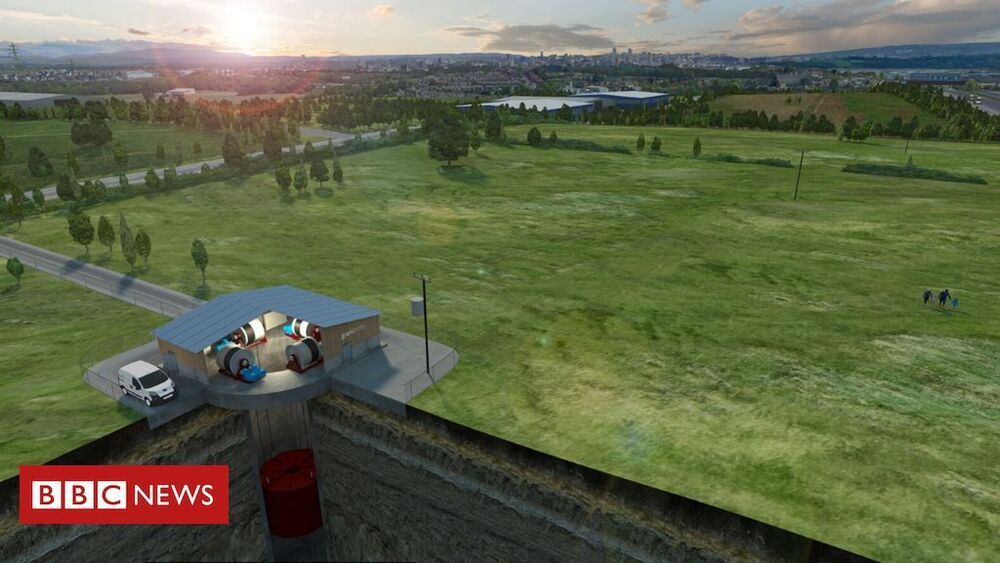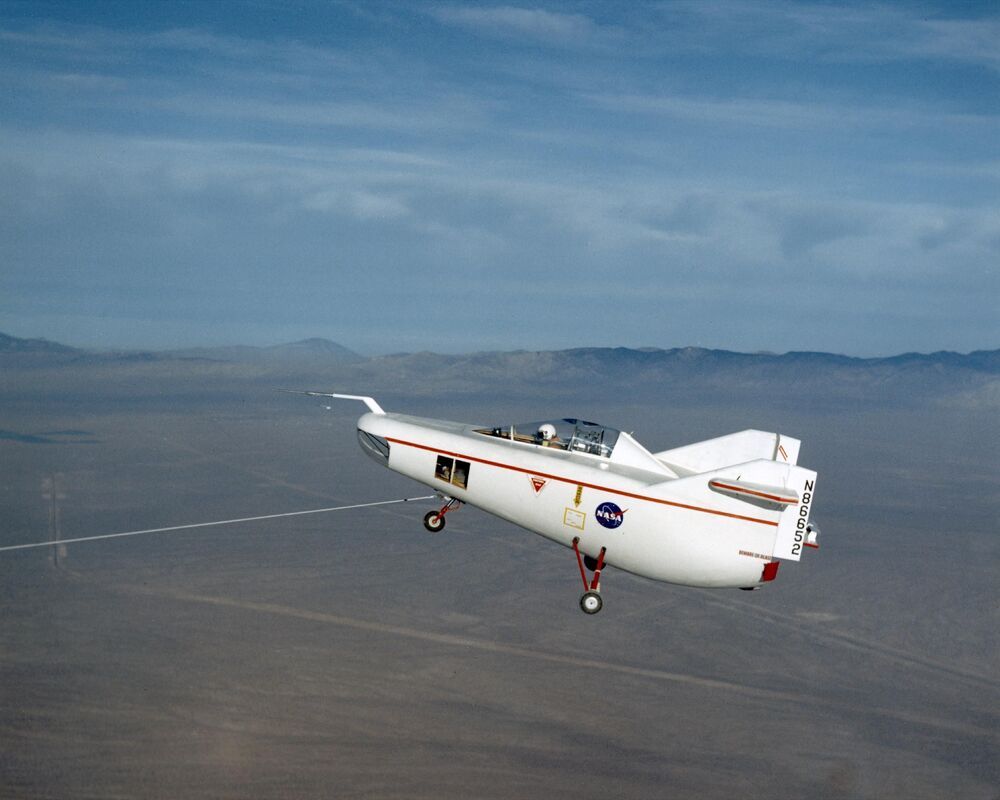The explosive growth of artificial intelligence calls for rapidly increasing computing power. Two reported photonic processors could meet these power requirements and revolutionize artificial-intelligence hardware. Advances in integrated photonic computer processors.
Needle, Haystack
The scientists even pointed to specific stars, like the erratic EPIC 249706694, that might be harboring such life, though once again they say they’re totally speculating. These theoretical organisms would survive by absorbing some of their star’s energy, so any star that dims faster than models predict could, theoretically, be serving as host.
“It is a fascinating thought that the universe may be packed with intelligent life that is so different from ours that we failed to recognize its existence,” study coauthor Eugene Chudnovsky told ScienceAlert.
A team working with Roland Fischer, Professor of Inorganic and Metal-Organic Chemistry at the Technical University Munich (TUM) has developed a highly efficient supercapacitor. The basis of the energy storage device is a novel, powerful and also sustainable graphene hybrid material that has comparable performance data to currently utilized batteries.
Usually, energy storage is associated with batteries and accumulators that provide energy for electronic devices. However, in laptops, cameras, cellphones or vehicles, so-called supercapacitors are increasingly installed these days.
Unlike batteries they can quickly store large amounts of energy and put it out just as fast. If, for instance, a train brakes when entering the station, supercapacitors are storing the energy and provide it again when the train needs a lot of energy very quickly while starting up.
Has some interesting parts, might interest some.
(not sure how novel)
As human beings age, the functioning of organs gradually deteriorates. While countless past studies have investigated the effects of aging on the human body, brain and on cognition, the neural mechanisms and environmental factors that can accelerate or slow down these effects are not yet fully understood.
The immune system and the nervous system are both known to play a key role in the control of organs in the body. Moreover, past findings suggest that both of these systems change significantly during aging.
Li-Cycle, Northvolt, and Ganfeng Lithium are among those building recycling plants, spurred by environmental and supply-chain concerns.
The Giant Magellan Telescope will be one of the few super giant earth-based telescopes that promises to revolutionize our view and understanding of the universe. It will be constructed at the Las Campanas Observatory in Chile. Commissioning of the telescope is scheduled to begin in 2021.
The GMT is a segmented mirror telescope that employs seven of today’s largest stiff monolithic mirrors as segments. Six off-axis 8.4 meter segments surround a central on-axis segment, forming a single optical surface 24.5 meters in diameter, with a total collecting area of 368 square meters. Harvard University and the Smithsonian Institution are both members of the GMT project, which also includes Astronomy Australia Ltd., the Australian National University, the Carnegie Institution for Science, the Korea Astronomy and Space Science Institute, the São Paulo Research Foundation, the University of Texas at Austin, Texas A&M University, the University of Arizona, and the University of Chicago.
Airspeeder wants to be the “first electric flying car race,” its CEO told Insider. It also wants you to know flying cars are closer than you think.
An Edinburgh company that generates electricity from gravity — is getting noticed by investors, as an effective alternative to large batteries, so that renewable energy supply can be stored until there is demand. No need to go to the Congolese jungle to get hold of the raw materials for batteries.
The U.S. Air Force is planning to put its futuristic flying car through a series of tests next year that will help determine how the service can use the vehicle, at home or deployed.
The M2-F1: ‘Look Ma! No Wings!’
Posted in space travel
The end of the space shuttle program concluded an era that began almost a half century earlier with the first free flight of a wingless lifting body.









